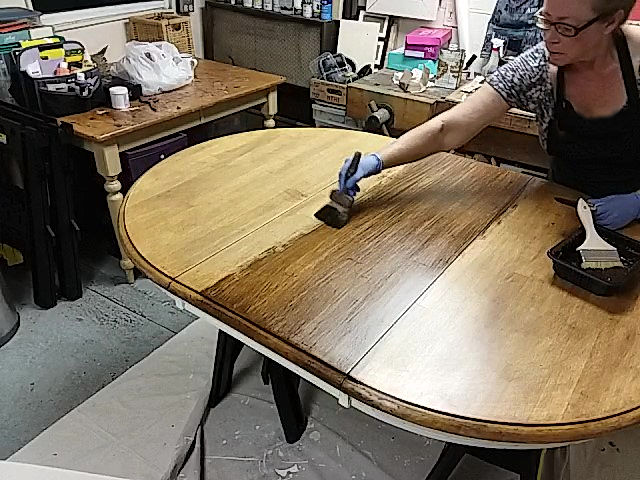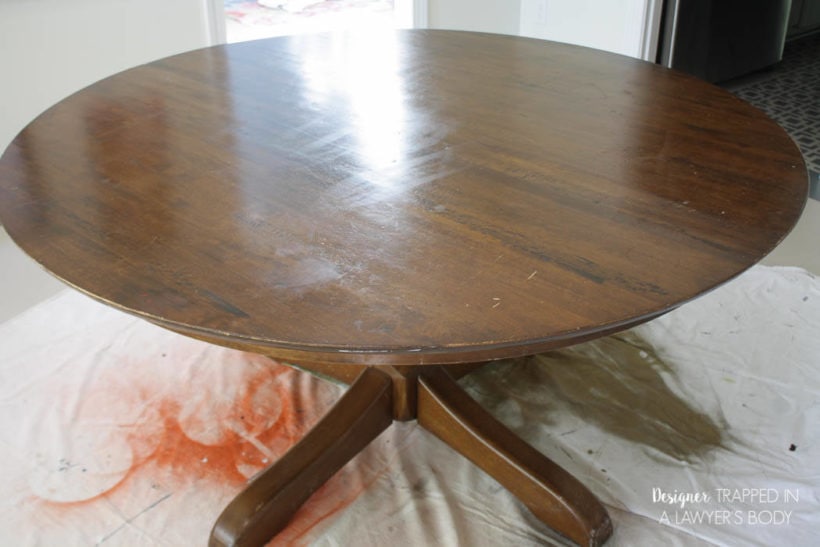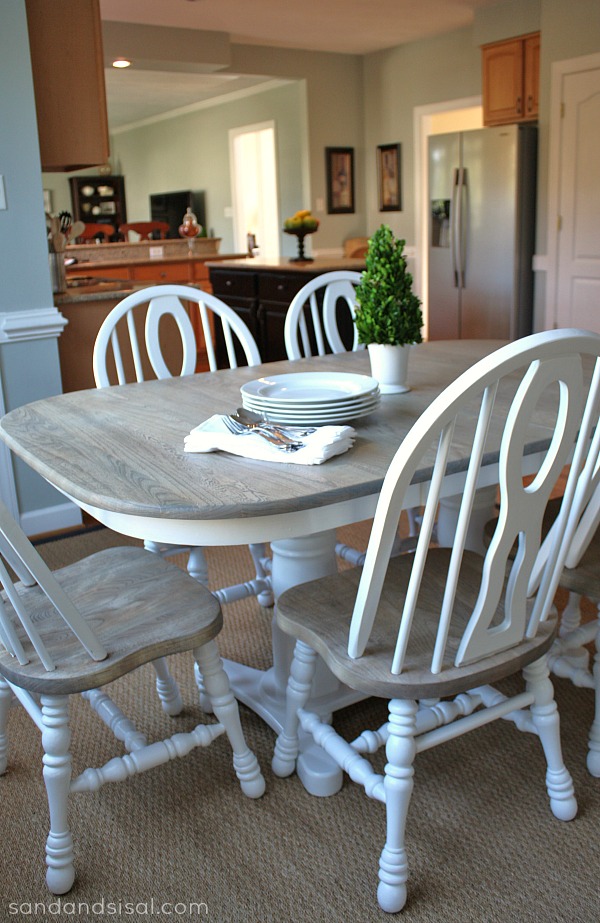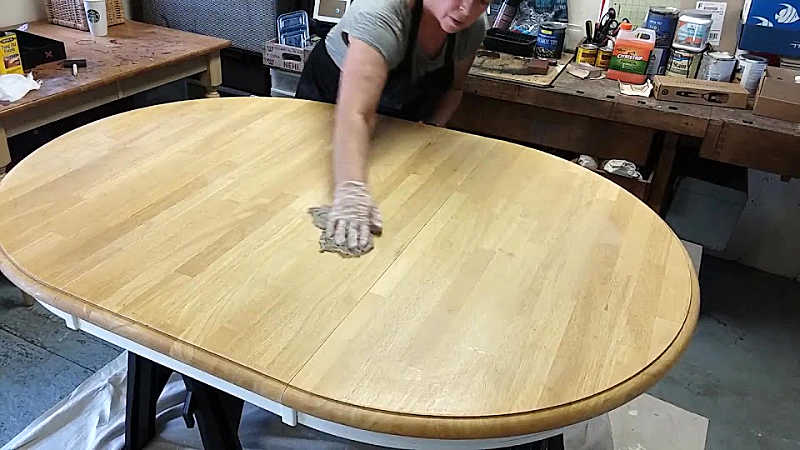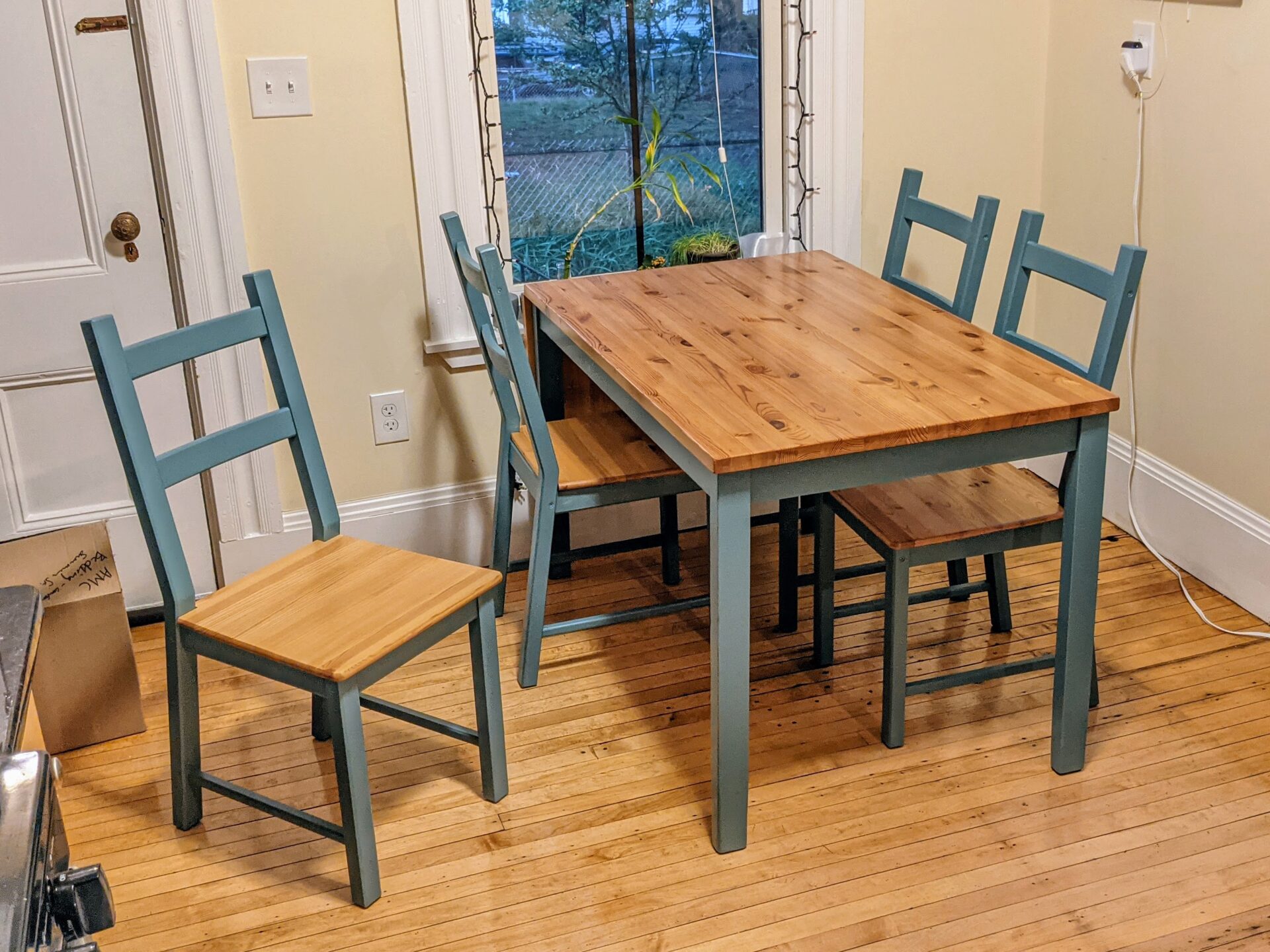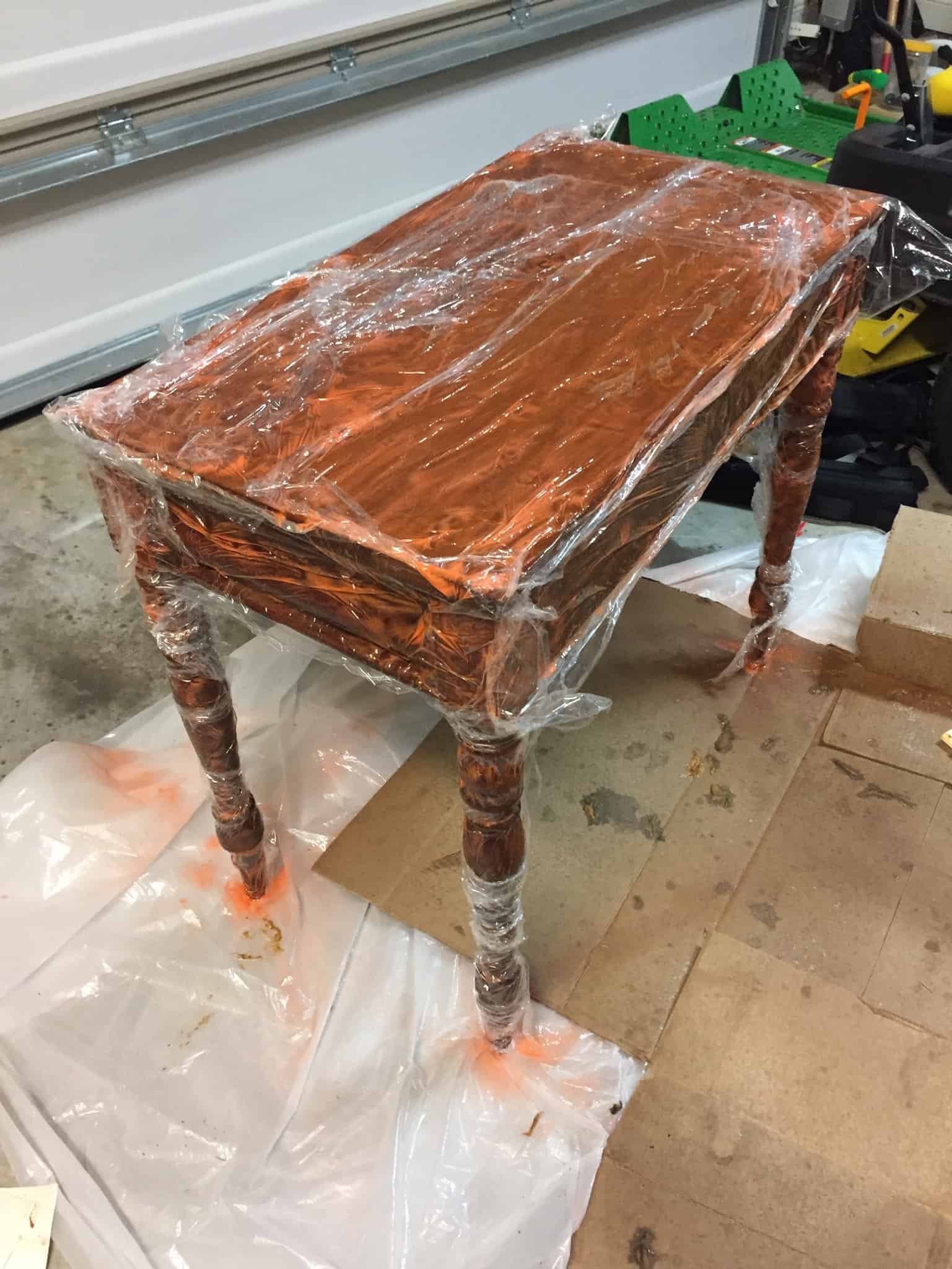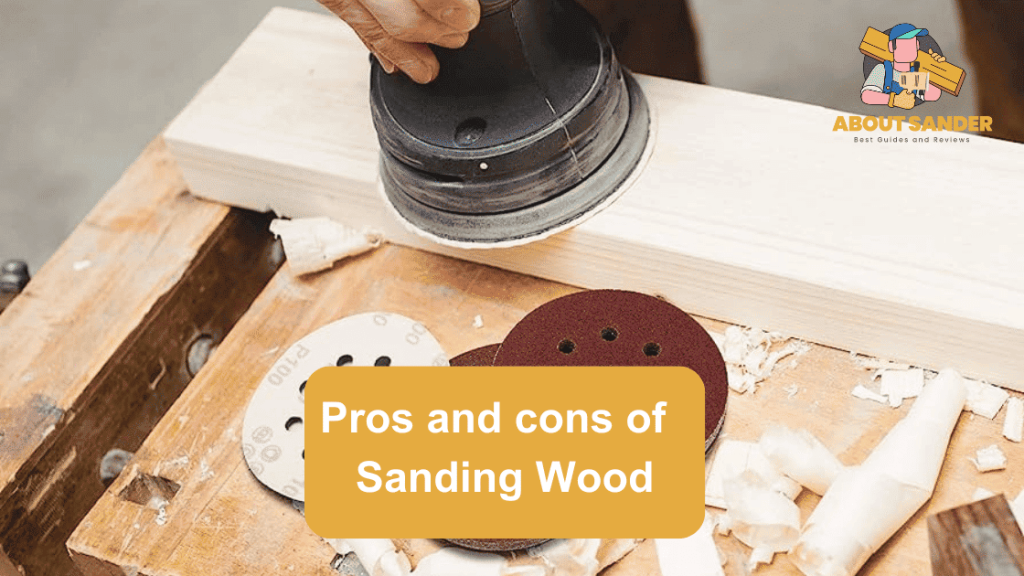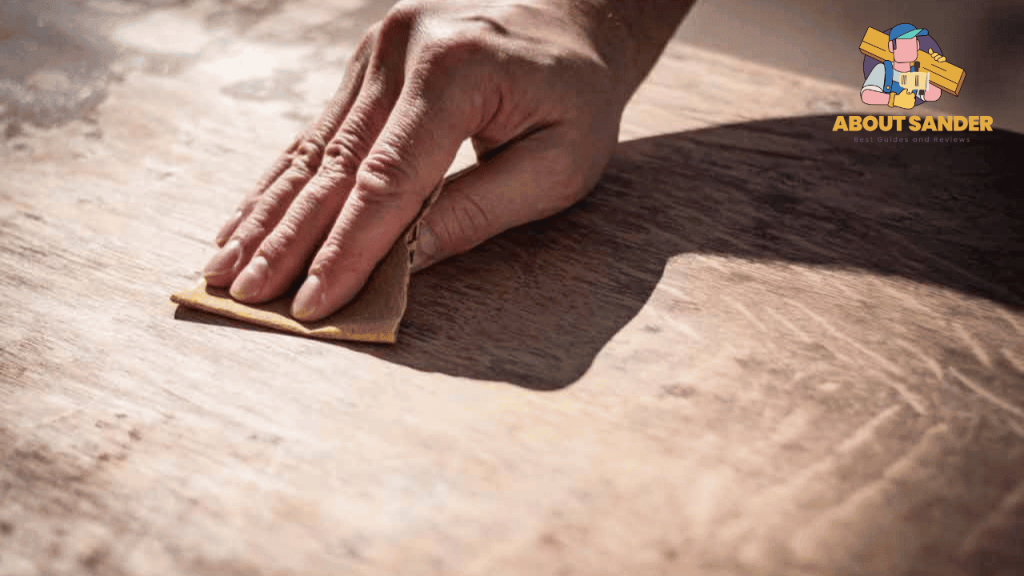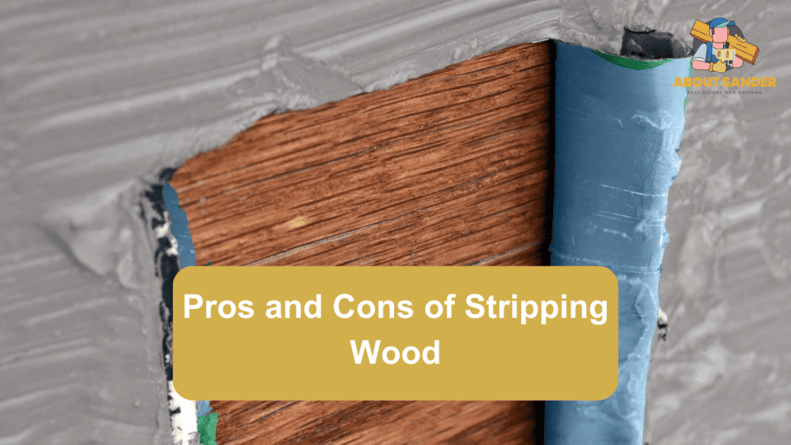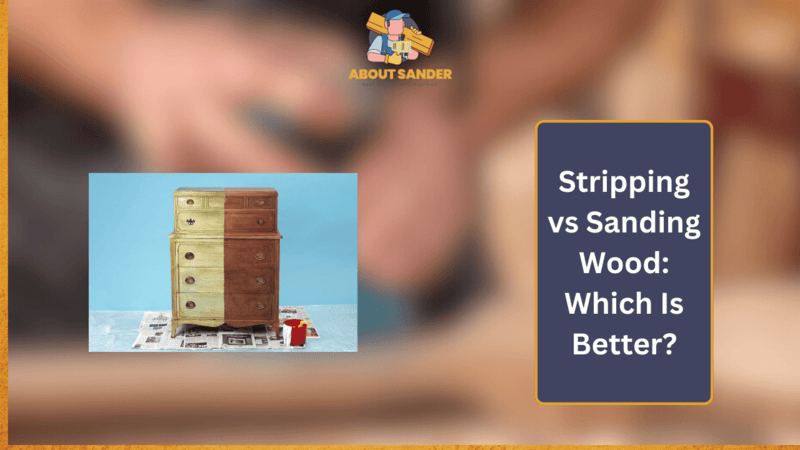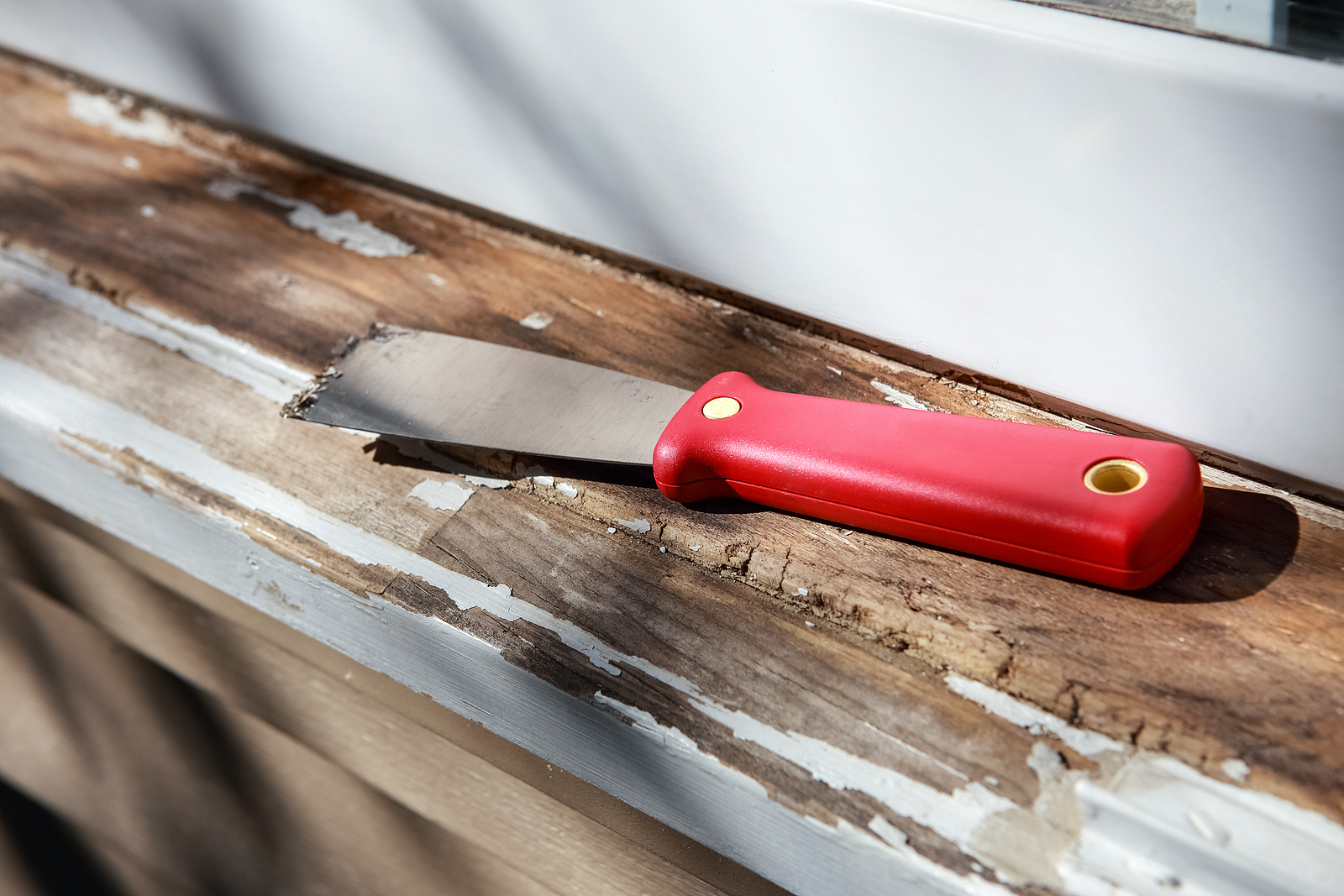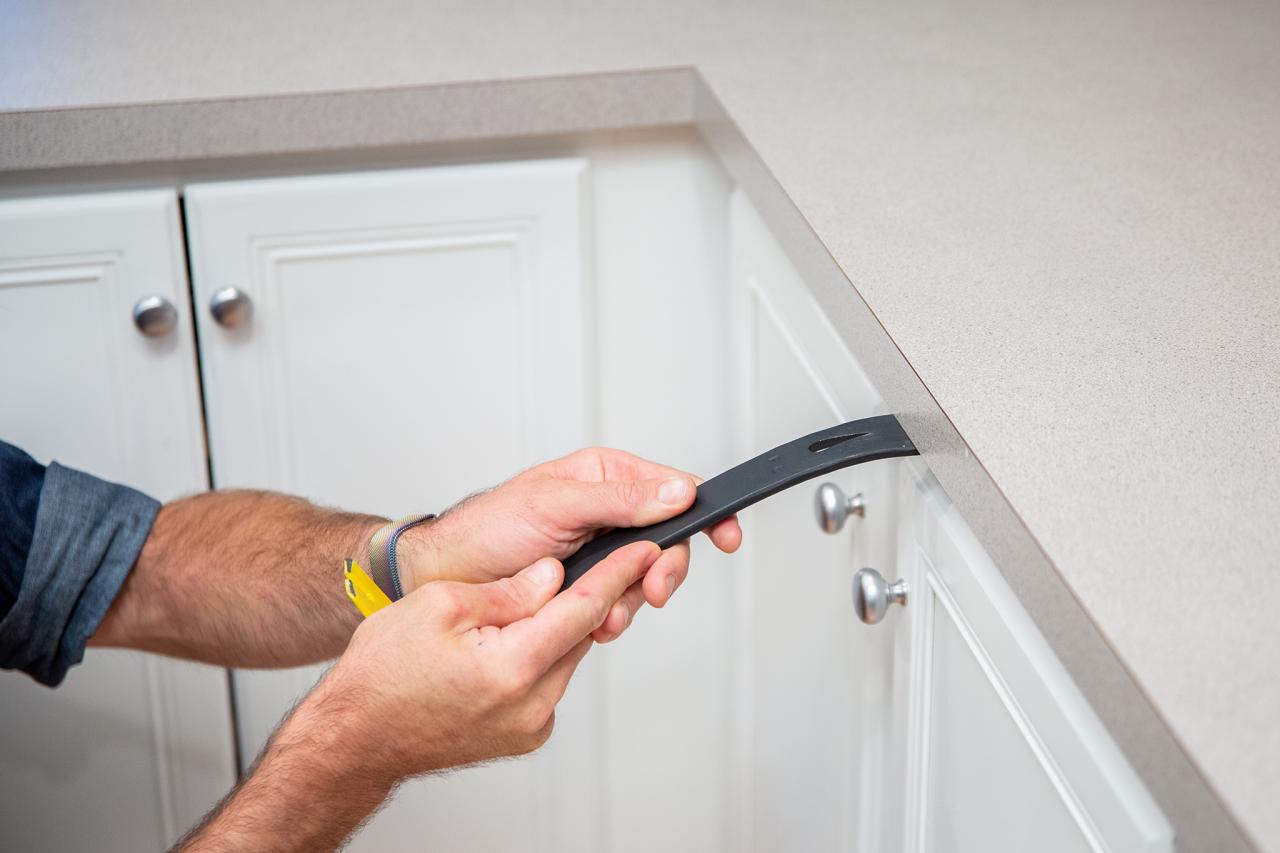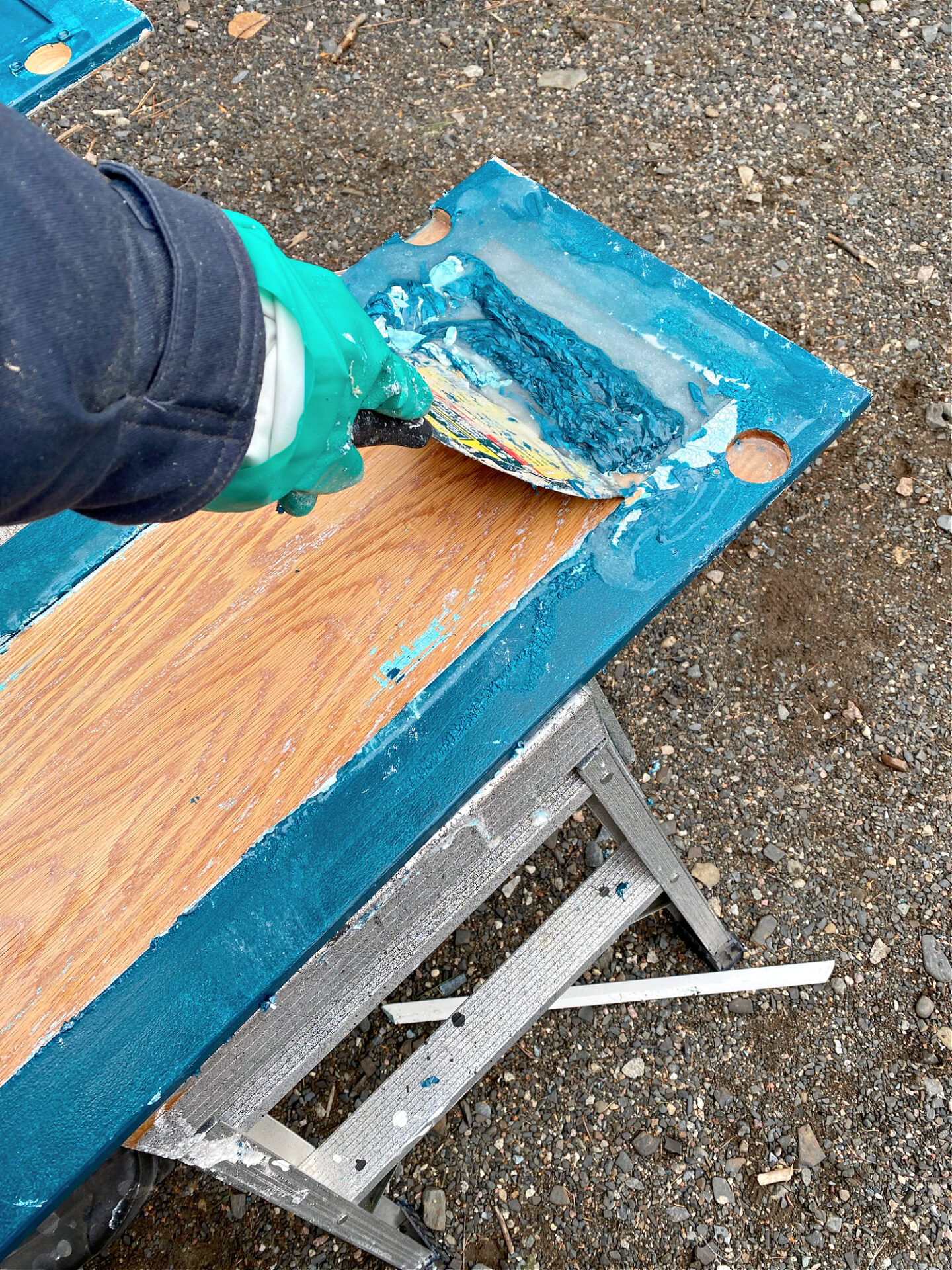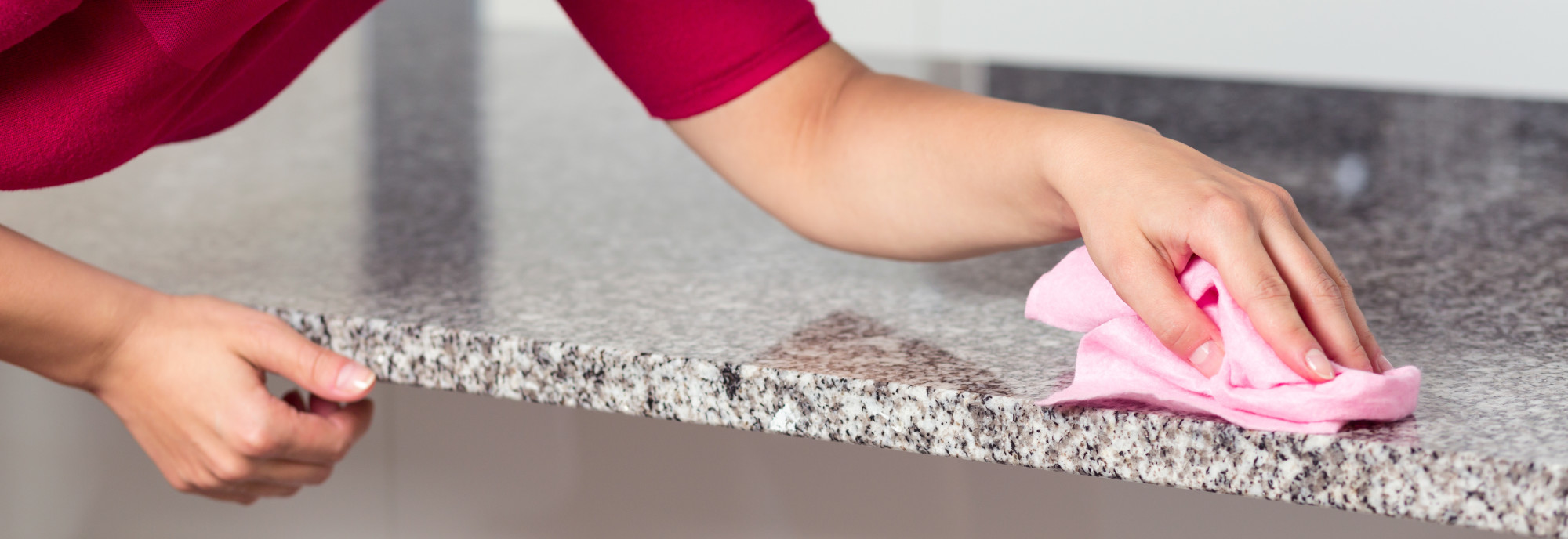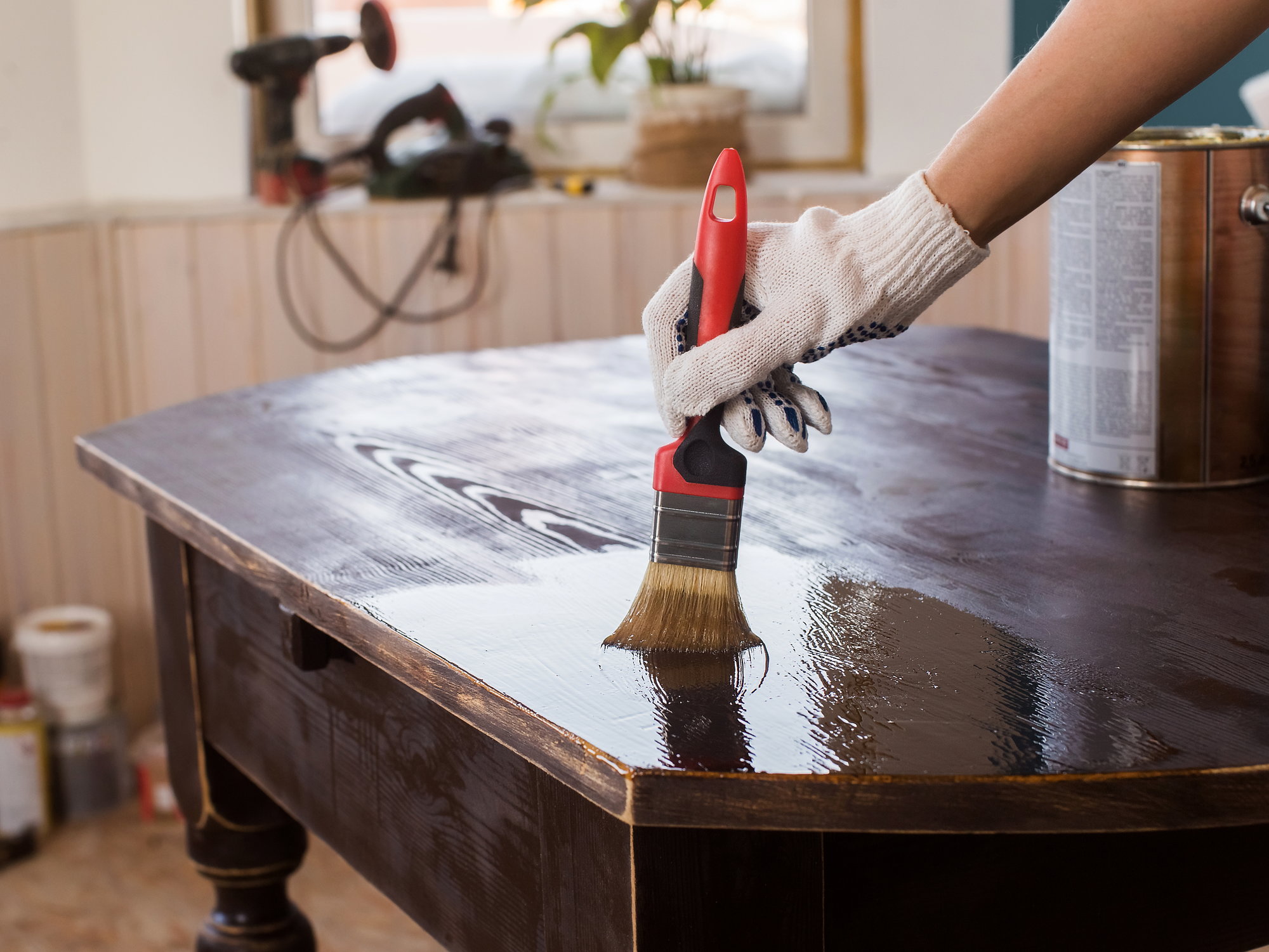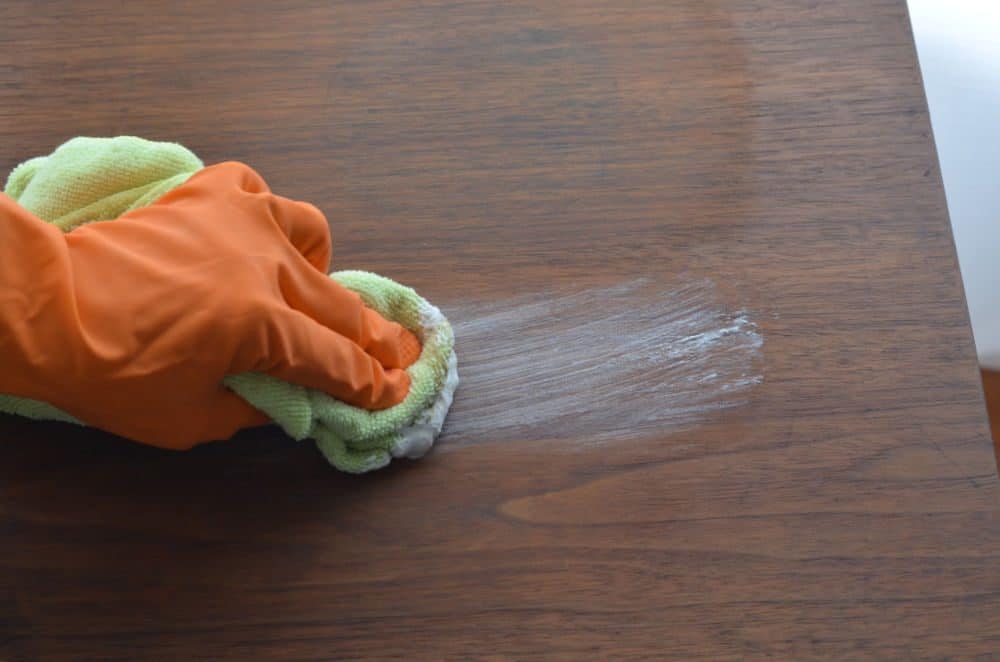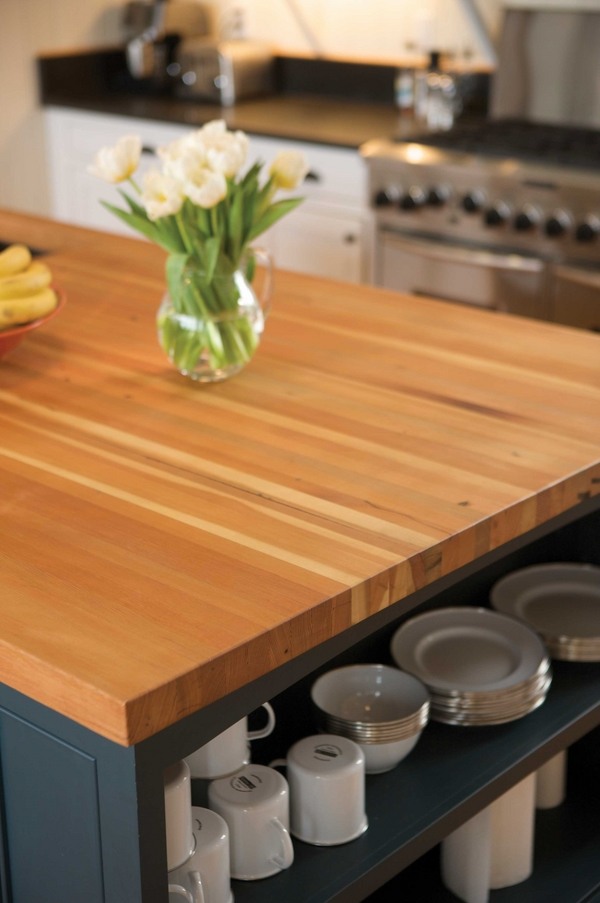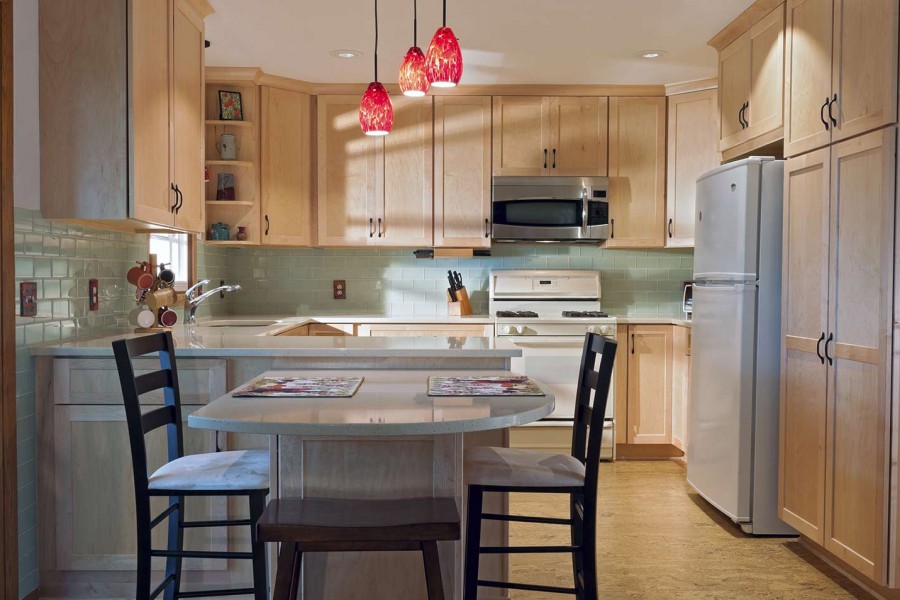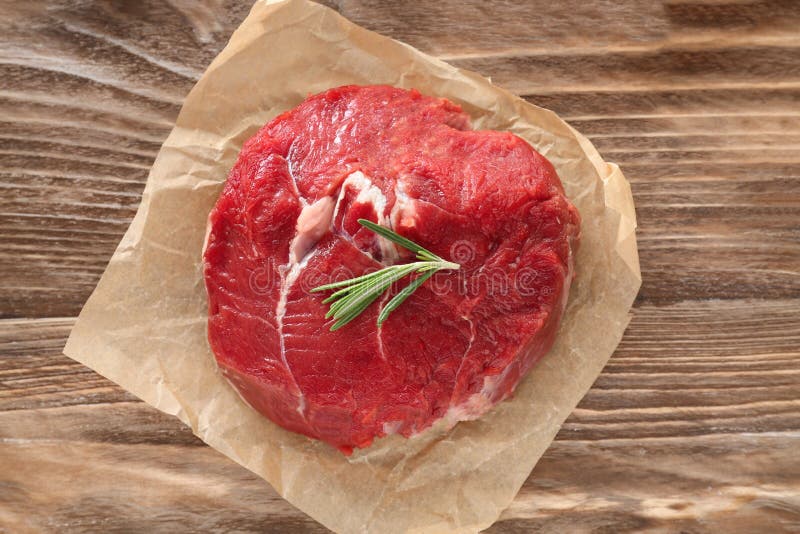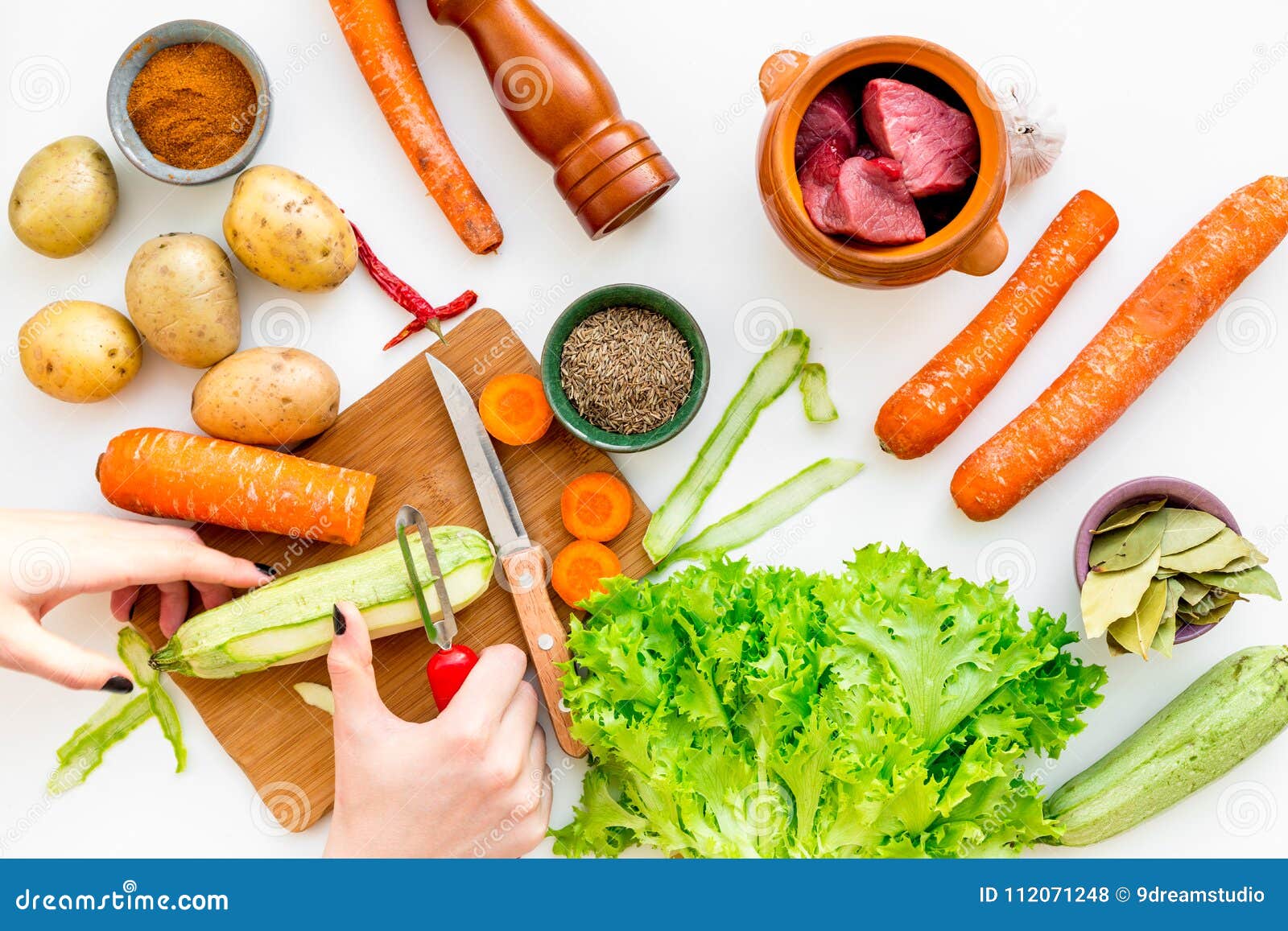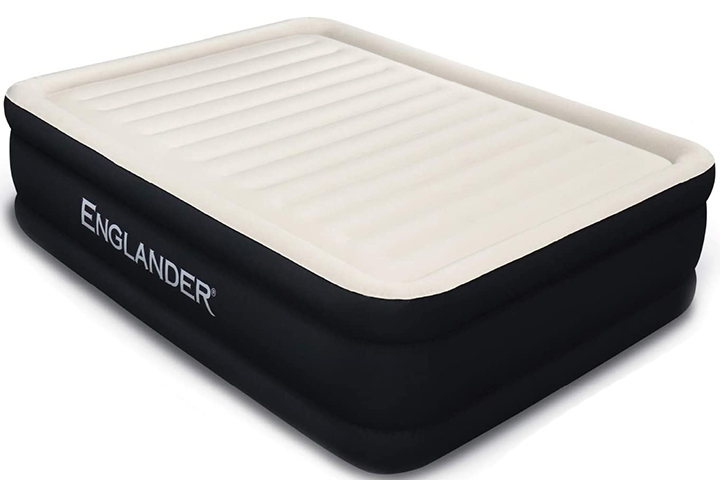When it comes to giving your kitchen table a fresh new look, stripping and refinishing is a cost-effective and easy DIY project. Whether your table has seen better days or you simply want to change up its appearance, this guide will walk you through the steps of stripping and refinishing your kitchen table top.How to Strip and Refinish a Kitchen Table
The first step to stripping your kitchen table top is to gather all necessary materials. This includes protective gear such as gloves, eye goggles, and a face mask, as well as the appropriate stripping agent, sandpaper, and wood stain or paint. Once you have everything you need, follow these steps: Step 1: Prepare your work area by covering the floor with a drop cloth or old newspapers. This will protect your flooring from any drips or spills. Step 2: Apply the stripping agent to the table top, following the manufacturer's instructions. This will loosen the old finish and make it easier to remove. Step 3: Once the finish has loosened, use a scraper or steel wool to gently remove the old finish. Be sure to work in the direction of the wood grain to avoid damaging the surface. Step 4: After removing the old finish, use sandpaper to smooth out the surface of the table top. Start with a coarse grit and gradually work your way to a finer grit for a smooth finish. Step 5: Wipe down the table top with a damp cloth to remove any dust or debris. Let it dry completely before moving on to the next step. Step 6: Apply your choice of wood stain or paint following the instructions on the product. Be sure to use a brush or cloth to evenly distribute the stain or paint and allow it to dry completely before applying a second coat (if desired). Step 7: Once the stain or paint has dried, apply a protective finish such as polyurethane or wax to seal the surface and give it a glossy finish.Stripping and Refinishing a Kitchen Table: A Step-by-Step Guide
If you're on a budget or simply enjoy taking matters into your own hands, stripping and refinishing your kitchen table top is a perfect DIY project. Not only will you save money, but you'll also have the satisfaction of knowing you transformed your table with your own two hands. There are many products on the market specifically designed for DIY stripping and refinishing, making it easy for even the most inexperienced DIYers to achieve professional-looking results. Just be sure to follow the instructions carefully and take your time to ensure a thorough and successful job.DIY: Stripping and Refinishing a Kitchen Table
When it comes to choosing the right stripping agent for your kitchen table top, there are a few options to consider. The most popular include chemical strippers, heat guns, and sanding. Chemical strippers are the most traditional and effective method, while heat guns and sanding may require a bit more skill and patience. Some popular brands of chemical strippers include Citristrip, Minwax, and Klean-Strip. These products are generally safe to use and have low-toxicity levels, making them a great option for DIY projects. Heat guns, on the other hand, are best for smaller surfaces as they can be quite time-consuming and require precise control. Sanding is also a viable option, but it may require more effort and time to achieve a smooth finish.Best Products for Stripping Kitchen Table Tops
Deciding on whether to strip or sand your kitchen table top ultimately depends on your personal preference and the condition of your table. If your table has multiple layers of old finish, it may be best to strip it to ensure a thorough removal. However, if your table has minimal damage and only requires a light refresh, sanding may be a quicker and easier option. It's important to note that sanding can be more damaging to the wood, so if you're unsure, it's best to consult a professional or opt for a chemical stripping agent.Stripping vs. Sanding: Which is Better for Kitchen Table Tops?
Stripping can be a delicate process, especially when it comes to wood surfaces. To avoid damaging your kitchen table top, here are a few tips to keep in mind:Tips for Stripping a Kitchen Table Top without Damaging the Wood
If your kitchen table top has any stubborn stains, it's best to remove them before stripping the surface. This will prevent the staining from penetrating deeper into the wood and making it more difficult to remove. To remove stains, follow these steps:How to Remove Stains from a Kitchen Table Top before Stripping
While stripping and refinishing a kitchen table top may seem like a simple task, there are a few common mistakes that can easily be made. These include:Stripping and Refinishing a Kitchen Table: Common Mistakes to Avoid
If you're looking for a more environmentally friendly option for stripping your kitchen table top, there are a few alternatives to consider. Some eco-friendly stripping agents include Blue Bear Soy Gel, Franmar Soy Gel, and Green Power Bio-Strip. These products are made with natural ingredients and are safe for the environment. You can also consider using a heat gun or sanding by hand instead of using chemical agents, as these methods produce less waste.Eco-Friendly Options for Stripping Kitchen Table Tops
After all the hard work of stripping and refinishing your kitchen table top, it's important to take steps to protect and maintain its new look. Here are a few tips:How to Protect and Maintain a Stripped Kitchen Table Top
How Stripping Your Kitchen Table Top Can Transform Your Home's Design

The Importance of the Kitchen Table
 The kitchen table is often the heart of the home, where families gather for meals and conversation. It is also a place where memories are made, whether it's baking cookies with your children or hosting a dinner party with friends. But over time, the wear and tear of daily use can take a toll on the table's appearance, leaving it looking dull and worn out. This is where stripping the kitchen table top comes in - it's a simple and cost-effective way to revamp your kitchen's design and bring new life to your home.
The kitchen table is often the heart of the home, where families gather for meals and conversation. It is also a place where memories are made, whether it's baking cookies with your children or hosting a dinner party with friends. But over time, the wear and tear of daily use can take a toll on the table's appearance, leaving it looking dull and worn out. This is where stripping the kitchen table top comes in - it's a simple and cost-effective way to revamp your kitchen's design and bring new life to your home.
The Process of Stripping a Kitchen Table Top
 Stripping a kitchen table top involves removing the old finish and exposing the natural wood underneath. This allows you to start with a clean slate and choose a new finish that suits your home's design and aesthetic. The process involves using chemical strippers and sanding to remove the old finish, and then applying a new stain or paint to the wood. It may seem like a daunting task, but with the right tools and techniques, it can be a fun and rewarding DIY project.
Stripping a kitchen table top involves removing the old finish and exposing the natural wood underneath. This allows you to start with a clean slate and choose a new finish that suits your home's design and aesthetic. The process involves using chemical strippers and sanding to remove the old finish, and then applying a new stain or paint to the wood. It may seem like a daunting task, but with the right tools and techniques, it can be a fun and rewarding DIY project.
Transforming Your Home's Design
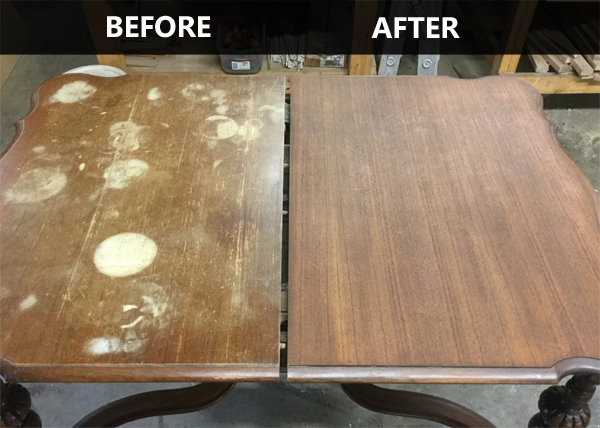 The kitchen table is not only a functional piece of furniture, but it also plays a significant role in the overall design of your home. By stripping the table top and choosing a new finish, you can completely change the look and feel of your kitchen. For a rustic and cozy vibe, consider using a dark stain or a distressed paint finish. If you prefer a more modern and sleek design, opt for a light stain or a glossy paint finish. The possibilities are endless, and by incorporating your personal style, you can create a kitchen table that truly reflects your home's design.
The kitchen table is not only a functional piece of furniture, but it also plays a significant role in the overall design of your home. By stripping the table top and choosing a new finish, you can completely change the look and feel of your kitchen. For a rustic and cozy vibe, consider using a dark stain or a distressed paint finish. If you prefer a more modern and sleek design, opt for a light stain or a glossy paint finish. The possibilities are endless, and by incorporating your personal style, you can create a kitchen table that truly reflects your home's design.
Benefits of Stripping Your Kitchen Table Top
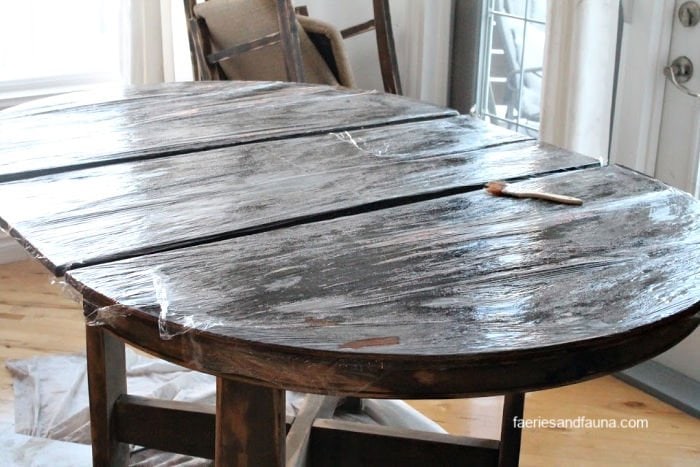 Aside from the obvious aesthetic benefits, stripping your kitchen table top also has practical advantages. By removing the old finish, you can get rid of any scratches, watermarks, or stains that have accumulated over time. This will not only improve the appearance of your table but also extend its lifespan. Additionally, stripping and refinishing your kitchen table is a much more affordable option compared to purchasing a new one, making it a budget-friendly way to upgrade your home's design.
Aside from the obvious aesthetic benefits, stripping your kitchen table top also has practical advantages. By removing the old finish, you can get rid of any scratches, watermarks, or stains that have accumulated over time. This will not only improve the appearance of your table but also extend its lifespan. Additionally, stripping and refinishing your kitchen table is a much more affordable option compared to purchasing a new one, making it a budget-friendly way to upgrade your home's design.
Conclusion
 In conclusion, stripping your kitchen table top is a simple yet powerful way to transform your home's design. It allows you to refresh the look of your kitchen and create a space that is uniquely yours. With a little bit of time and effort, you can give your kitchen table a new lease on life and enjoy the benefits of a beautiful and functional piece of furniture. So why not give it a try and see the difference it can make in your home?
In conclusion, stripping your kitchen table top is a simple yet powerful way to transform your home's design. It allows you to refresh the look of your kitchen and create a space that is uniquely yours. With a little bit of time and effort, you can give your kitchen table a new lease on life and enjoy the benefits of a beautiful and functional piece of furniture. So why not give it a try and see the difference it can make in your home?



